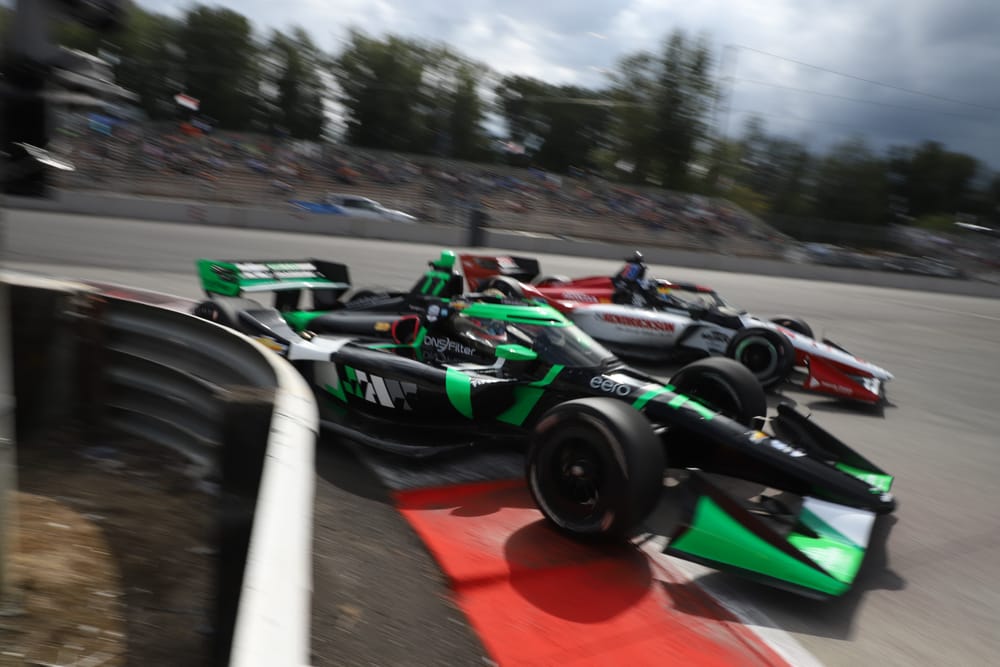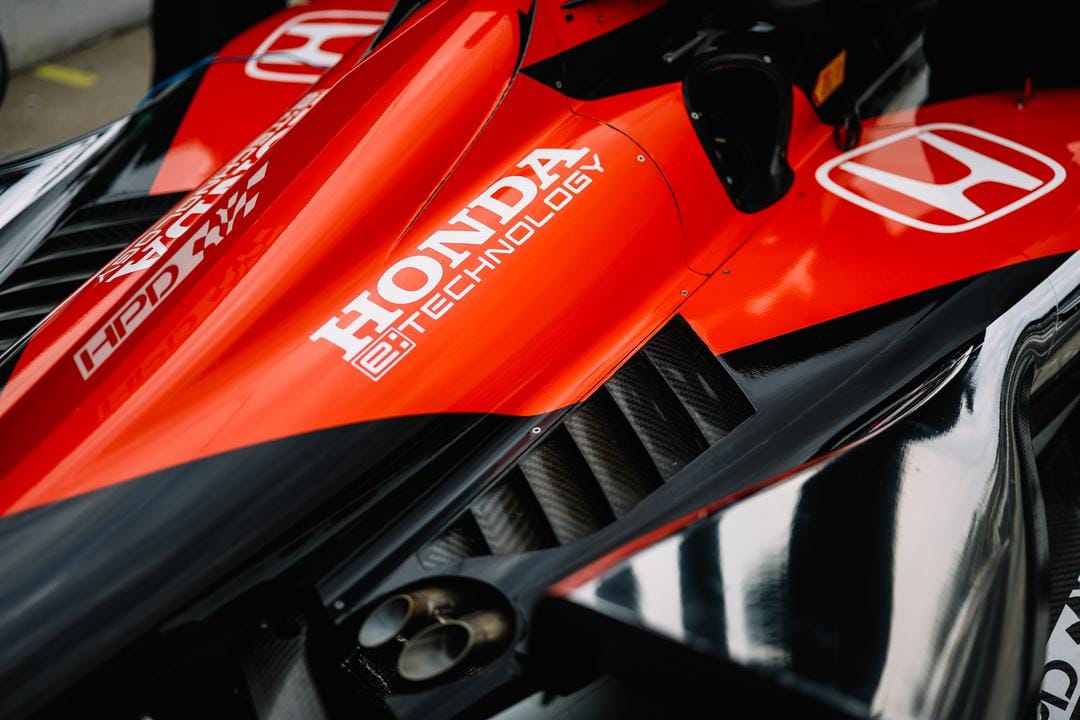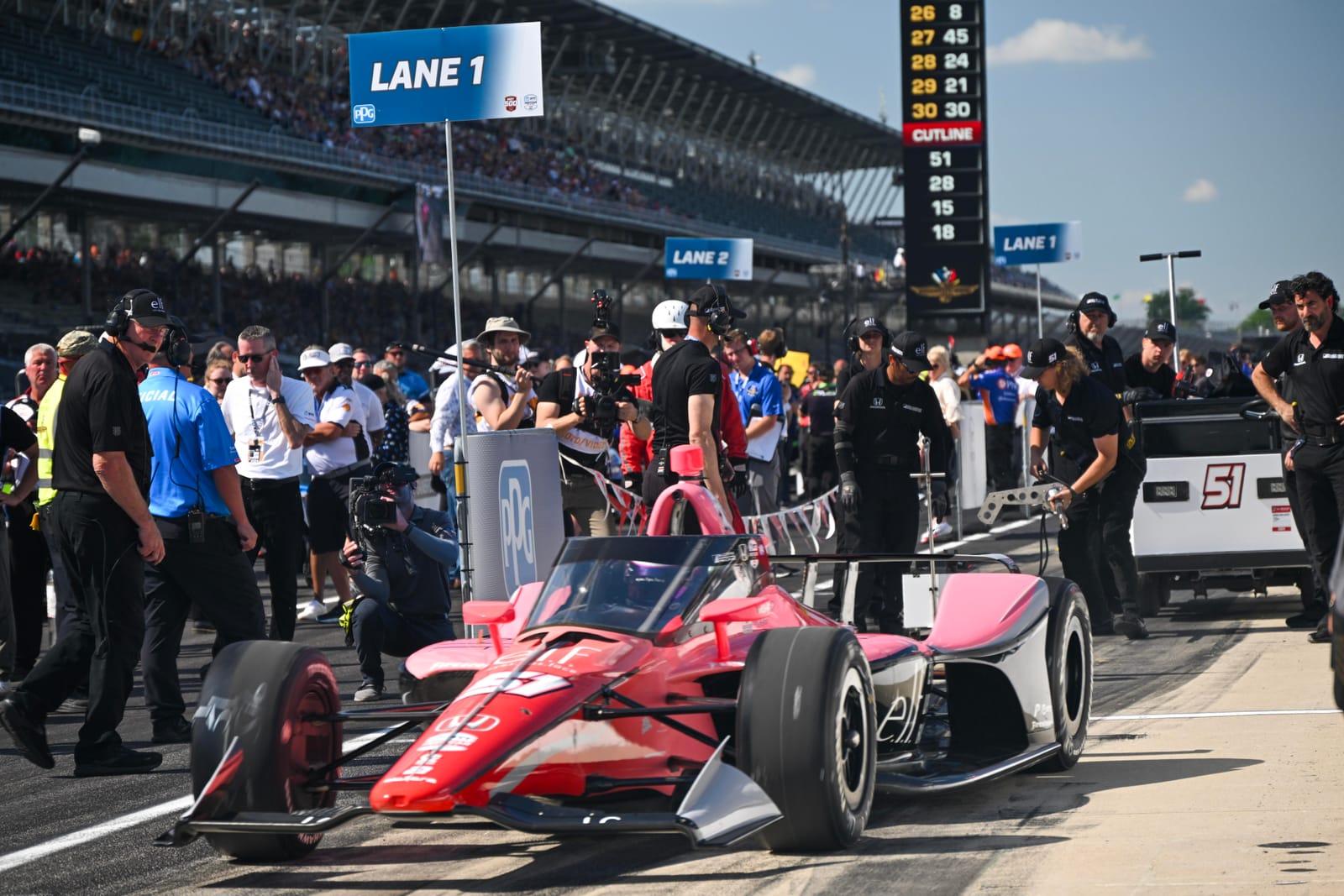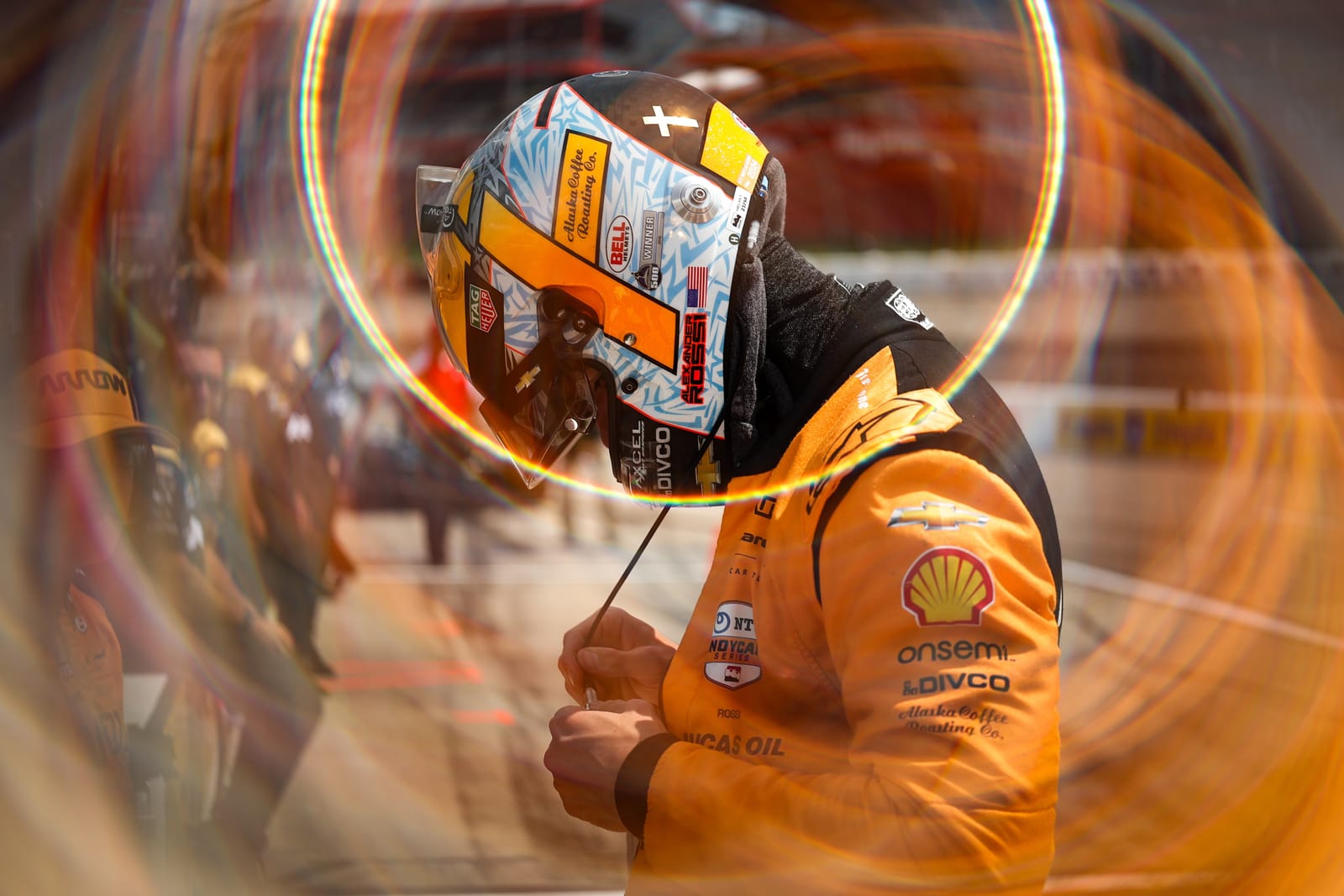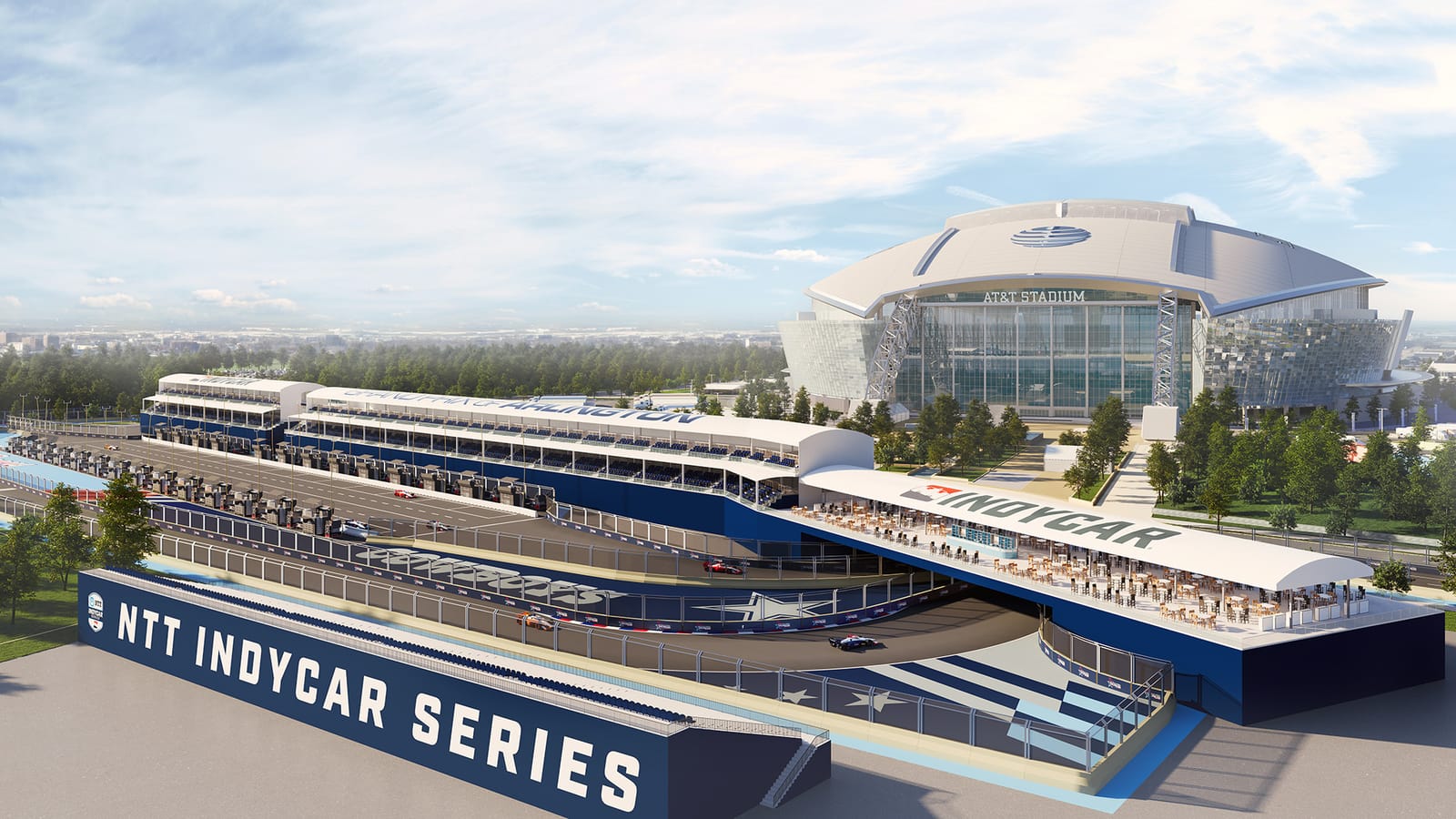IndyCar has had a tough year. Now its most followed driver has jumped on the bandwagon.
“I think last year was probably one of my best seasons, and I may end up not being in the grid next year, just because the marketing has been horrendous for IndyCar, the hybrid has brought the costs to a level that’s unbearable for teams, and that’s the way it is,” Romain Grosjean recently told Racer.
We could spend the rest of the article assessing the wild claim that this was Grosjean’s best IndyCar season (assuming he does mean IndyCar, and not of his whole career!), but you can get our thoughts on his 2024 in this column.
Instead, let’s look at his opinion that marketing for IndyCar has been “horrendous”, the “unbearable” introduction of the hybrid, those things allegedly stopping him from getting a seat and try to contextualise these claims amid what’s happening in IndyCar currently.
Obviously we’re judging a very short quote, and Grosjean’s bound to be upset having watched other teams secure budget while his squad Juncos Hollinger appears to be struggling that bit more.
But his comments give us a good excuse to assess IndyCar’s situation this winter.
HAS MARKETING REALLY BEEN 'HORRENDOUS'?
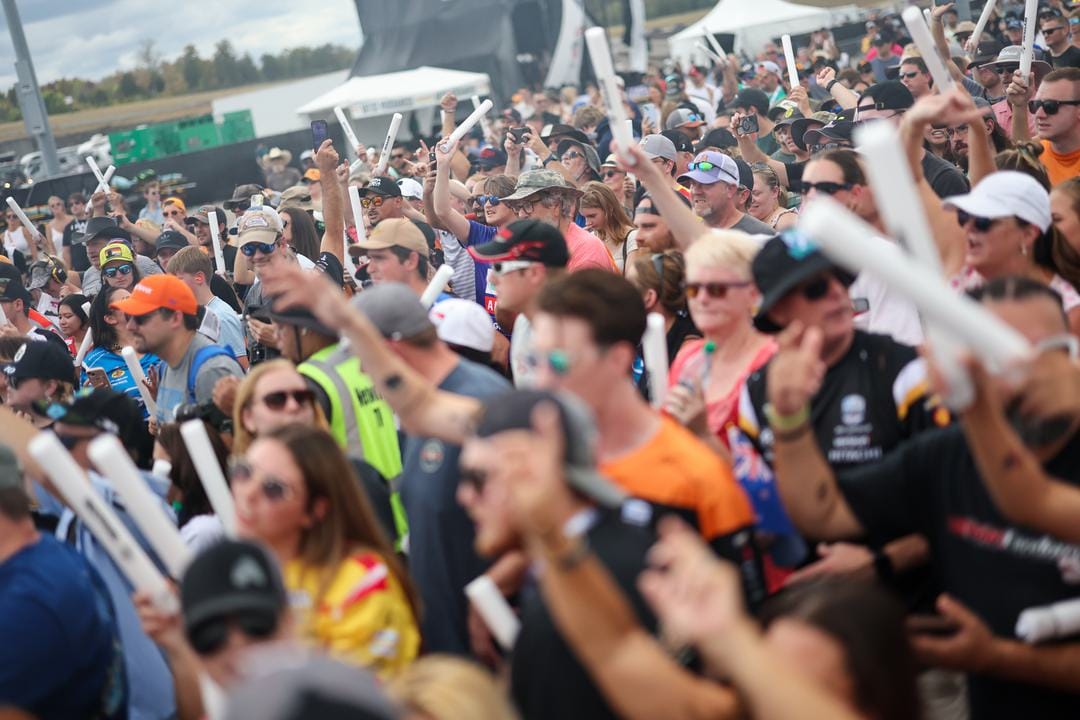
Penske Entertainment made a big deal last year about upping the series’ marketing budget.
But when it comes to the hybrid, the marketing has not been fantastic.
Some other series that were using hybrids long before IndyCar - such as the British Touring Car and World Rally Championships - have just chosen to ditch them.
IndyCar’s version added an interesting element of intrigue to the racing, but none of the drivers or teams want to discuss it in depth for fear of giving away secrets of how they use it, and aside from the period before its first race, it doesn’t feel like it’s been marketed well enough to warrant the increase in budget it has caused.
If it really was pushed over the line because Honda wanted it, then keeping Honda happy was probably a worthwhile pill to swallow.
However, we’re into ideological territory now so it’s worth asking why IndyCar is in such a weak position that it agreed to something that wasn’t really what was best for the series just to appease one manufacturer? Why can’t IndyCar get another manufacturer?
Would it be better just having a single-make supply? Probably not - monopolies can drive up costs and drive down quality.
These are all questions that feel unanswered and are five or six steps ahead, but should be impacting the here and now.
Given it makes the cars slower for the most part, because of the added weight, the hybrid doesn’t provide much of a performance gain. It’s there just for marketing. And it hasn’t been marketed well.
But it’s hard to market out of date tech that other, more forward-thinking series are getting rid of already. IndyCar's just got a cassette player when other series are already ditching it for CDs! It’s a hell of a mess.
THE COST IMPACT
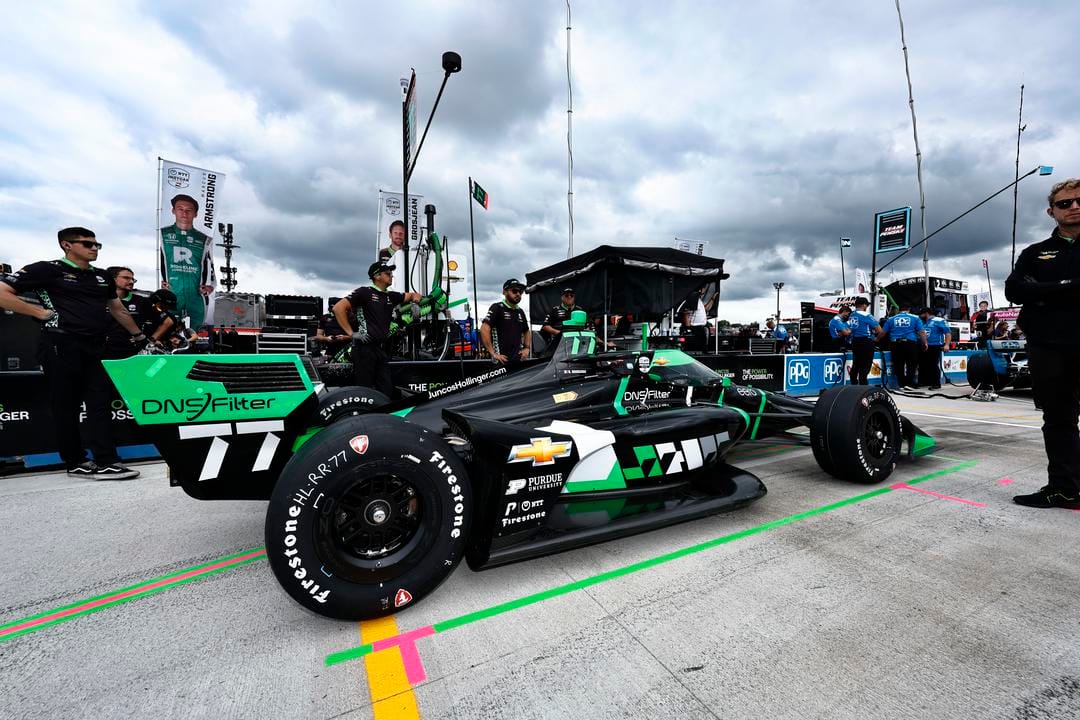
The hybrid has certainly driven costs up, but has it made it “unbearable”? I’m not so sure.
Obviously, I don’t run a team and I’m not a driver. The facts are, costs have gone up owing to the hybrid, but surely everyone expected and planned for that when it was announced? It seems like it would be poor business planning not to be ready for it, especially given how far in advance its arrival was known about.
IndyCar is still competitive in budget terms against series such as Formula E - almost exactly the same actually, as you're looking at €11-15million per car roughly per season.
And there’s more to this situation than just saying costs are going up and it’s down to the hybrid.
THE CHARTER SYSTEM
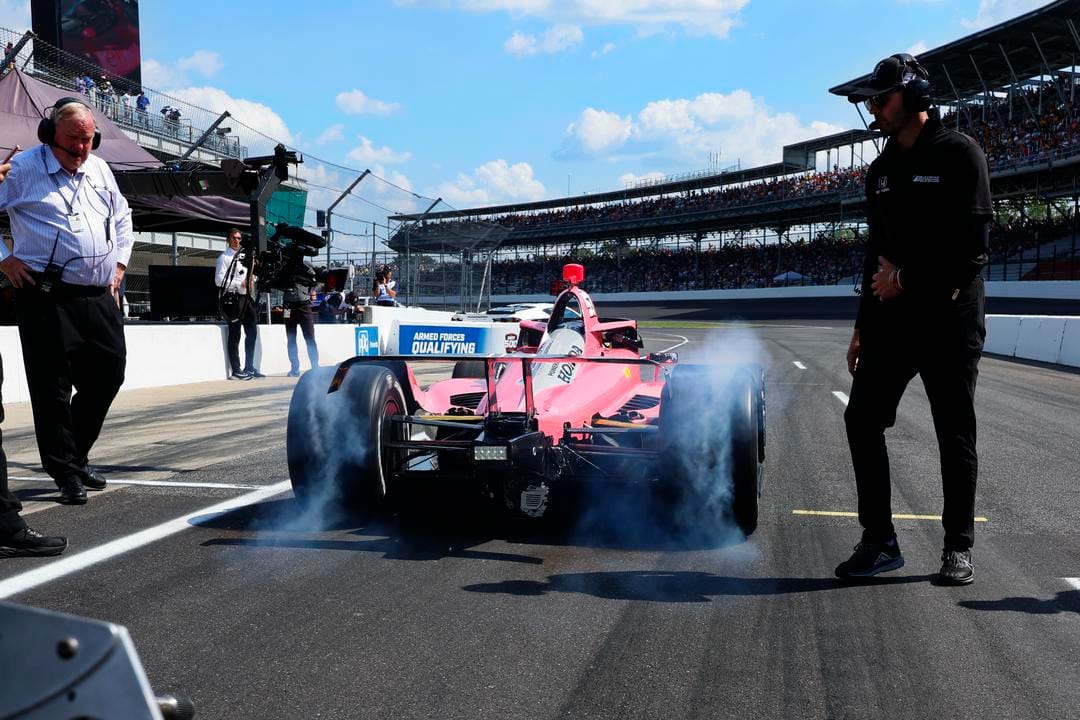
The charter system - a franchise model where each team owns an IndyCar entry it can sell either outright or a percentage of - came in just after the hybrid, and gives the teams added value and better potential for investment.
I have to admit I never thought we’d get an IndyCar charter system, because the most valuable thing you could offer is a guaranteed Indianapolis 500 entry and that’s the one thing fans won’t accept as they want to see Bump Day in action. The fact even the most successful driver on the grid has to qualify on performance and might not make it is a fundamental part of the excitement of the event.
Within weeks of it coming in, Ed Carpenter Racing announced it had secured new investment, praising the charter system in the process.
More teams may follow suit with Dale Coyne known to be considering different funding models thanks to the charter.
Before, the only saleable assets a team had were its equipment and facilities. Now it can also sell the charter, adding plenty of value and making an IndyCar team a better investment.
While yes, Grosjean has complained and other teams haven’t found it easy, I don’t think ECR would have been able to sign Alexander Rossi and pay Christian Rasmussen as well before this change.
ECR has just done a better job/been in the series longer to make contacts/had some good fortune or a combination of all of those compared to Juncos, which is only three years into full-time IndyCar racing.
Where the hybrid has taken away, the charter has given added opportunity.
AN OLD CAR
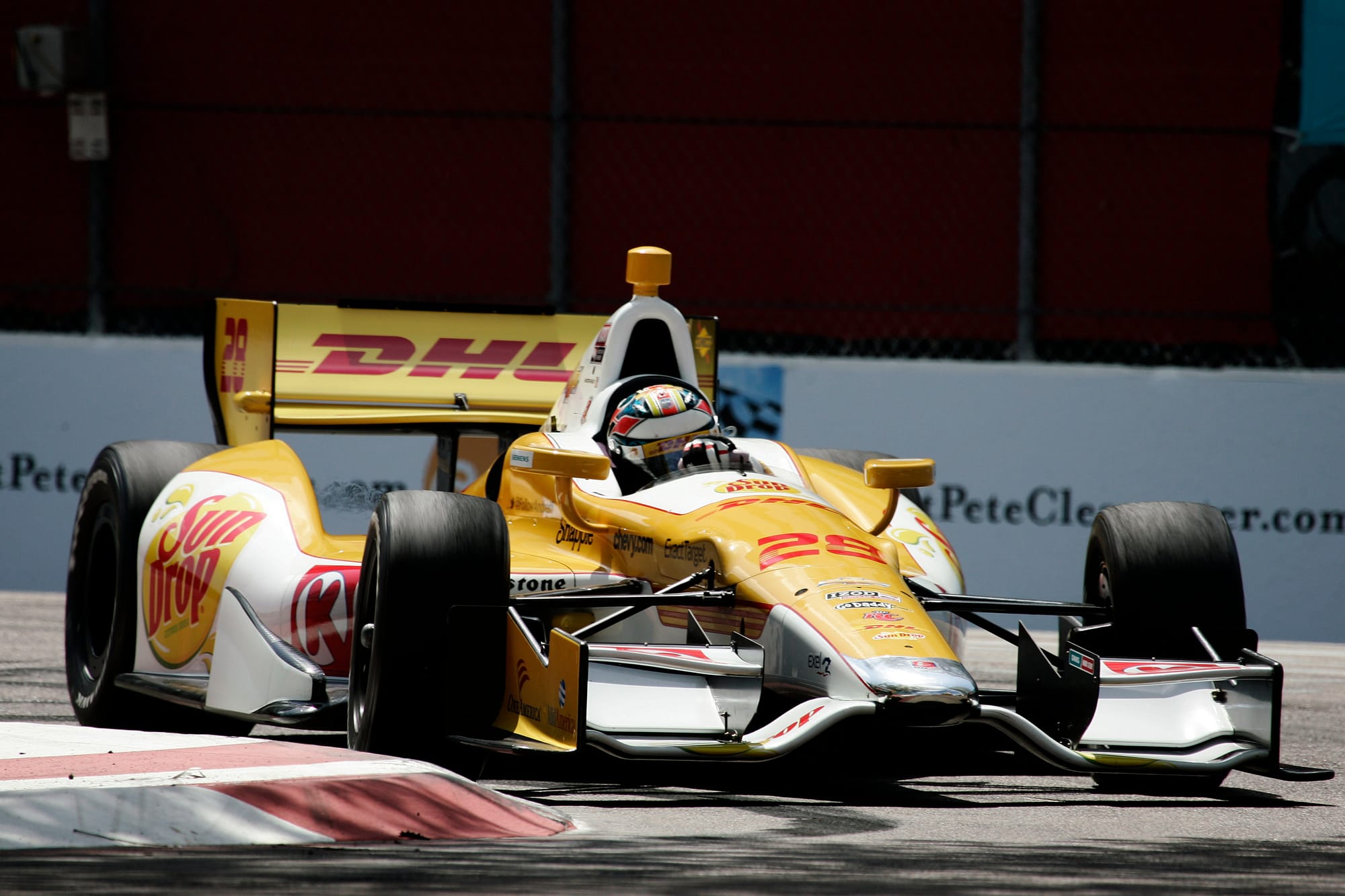
Fundamentally, because the series has had the same car for 12 years, it’s been spoiled.
If it had introduced a new car as regularly as other championships do and should, then IndyCar teams would have shouldered cost increases over the last 12 years which would far outweigh what the hybrid has cost.
And yes, I’m aware the hybrid and a new car are separate things. But my point is this has been a long period where teams should have been preparing for and expecting the outlay of a new car. The hybrid costs should be a drop in the ocean compared to money saved by keeping the 2012 design.
PARTS COSTS
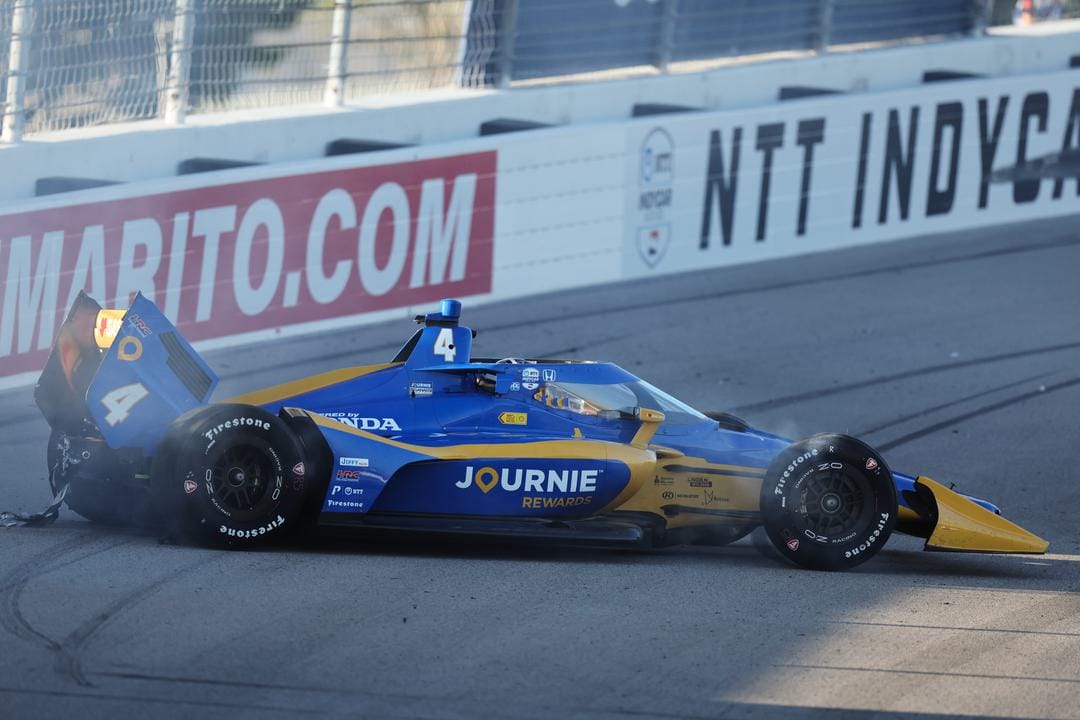
Many of IndyCar’s parts are spec, and that’s the same in a lot of championships. The pandemic impacted supply lines, and the wars happening in the world certainly aren’t helping those.
There are many, many benefits to having single suppliers, but the downside is there’s no competition, either for cost or quality. As a series, by cordoning off yourself to one manufacturer, you give that company a lot of power.
Let’s not forget the loss of skills from the competing companies that aren’t the chosen supplier, too.
Teams will tell you this system has led to increased costs, as much as any one thing like a hybrid.
But the bigger gripe from the majority of teams is that the hybrid hasn’t added anything of value. It’s not that costs are too high, it’s that the cost has been wasted on the wrong thing.
This budget could have gone into a new car, which IndyCar promises more news on in the near future.
FANS PROBABLY AGREE
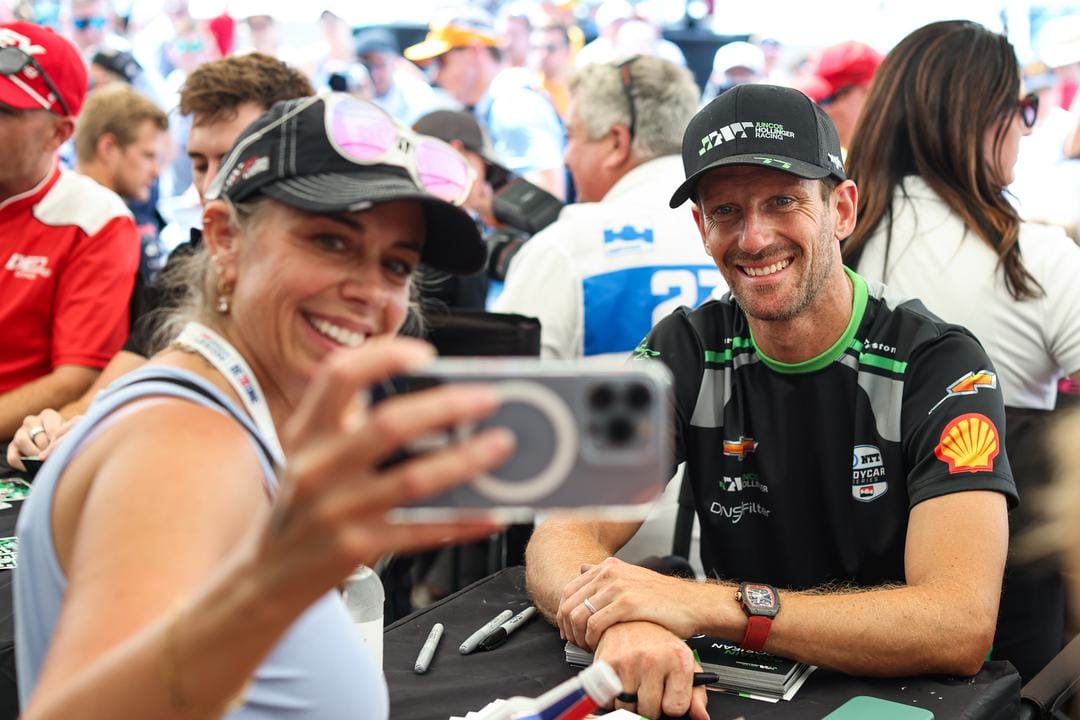
Grosjean’s comments feel very common for a current IndyCar fan. There’s a lot of anger, discontent, melancholy and disappointment surrounding the series.
And a lot of it is fair. It’s not been IndyCar’s smoothest year.
It's faced criticism over the fact the owner of the series also owns the Penske team as part of the umbrella company - and that team was disqualified for rule breaking earlier this year.
NASCAR’s got a race in Mexico before IndyCar, and the explanation around that created controversy.
The hybrid came in mid-season, the car’s old and news of a new one has been quiet.
There have been death threats from fans to drivers, and generally not enough communication about what the series is doing - now or in the future - to the fans.
But, and it’s a big but, how many series in the world could hold up the achievements of buying outright the biggest street circuit in North America - Long Beach - to protect it, as IndyCar just did?
It’s added a race in a partnership with one of the world’s biggest sports teams in the Dallas Cowboys - even if they are terrible right now!
Its new Fox TV deal will put it in more homes than it has been in for ages. And IndyCar is being promoted on NFL and College Football broadcasts.
While progress in some areas has been slow, it has achieved a lot and deserves credit for it. Add Milwaukee and Iowa into the mix, which wouldn’t be on the calendar without Penske, and you’re looking at a busy ownership body.
It doesn’t always get it right and could be doing a lot more. But show me a series where the fans are universally happy, and I’ll show you a golden unicorn.
WHAT'S GOING ON WITH GROSJEAN'S FUTURE?
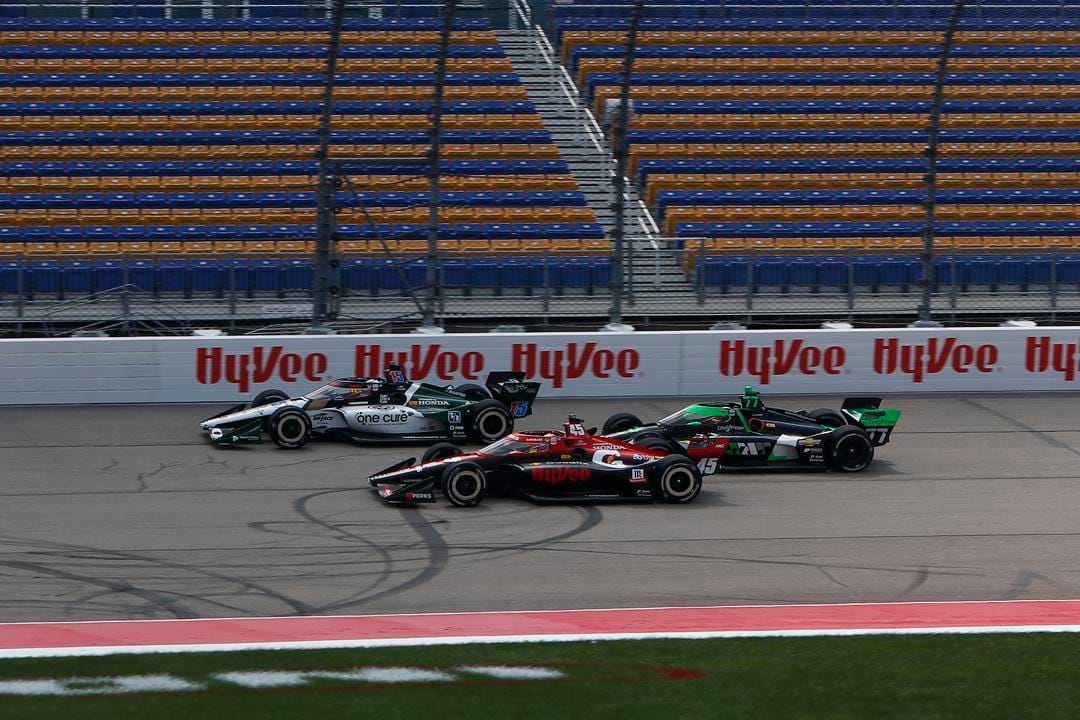
There are five 2025 seats remaining in IndyCar at three teams.
Rahal Letterman Lanigan is the best team with a seat available but that currently looks likely to be taken by Devlin DeFrancesco after a year out.
That leaves RLL incumbent Pietro Fittipaldi looking for a seat - although he will race in the IMSA SportsCar Championship next year - plus Grosjean and Conor Daly are not confirmed to be staying at Juncos Hollinger and there are two seats at Dale Coyne.
The Race understands Grosjean’s primary goal is to continue at Juncos Hollinger next year and he and the team are working on sponsorship.
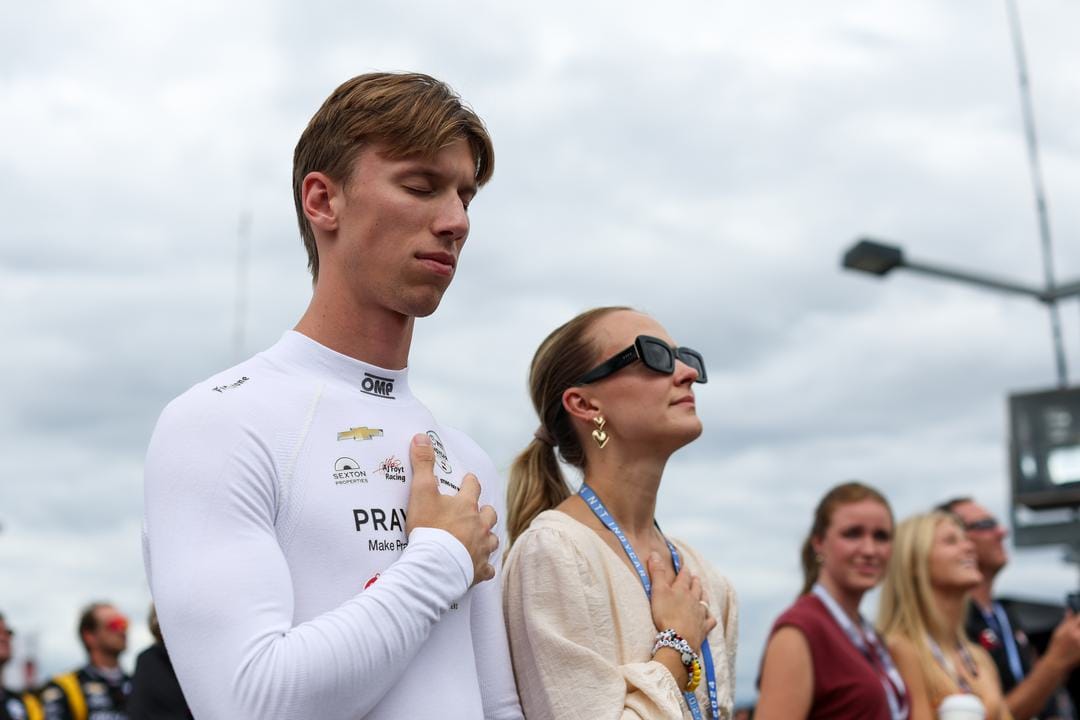
At the moment, Sting Ray Robb is expected to be joining the team in one of the cars, and he is believed to bring a hefty budget that would make a lot of sense and give Juncos more scope for who to put in the other one.
Grosjean could take the other JHR seat or look to return to the Dale Coyne team he made his IndyCar debut with in 2021. He’s kept in touch with Coyne and a move there isn’t out of the question if JHR can’t get budget.
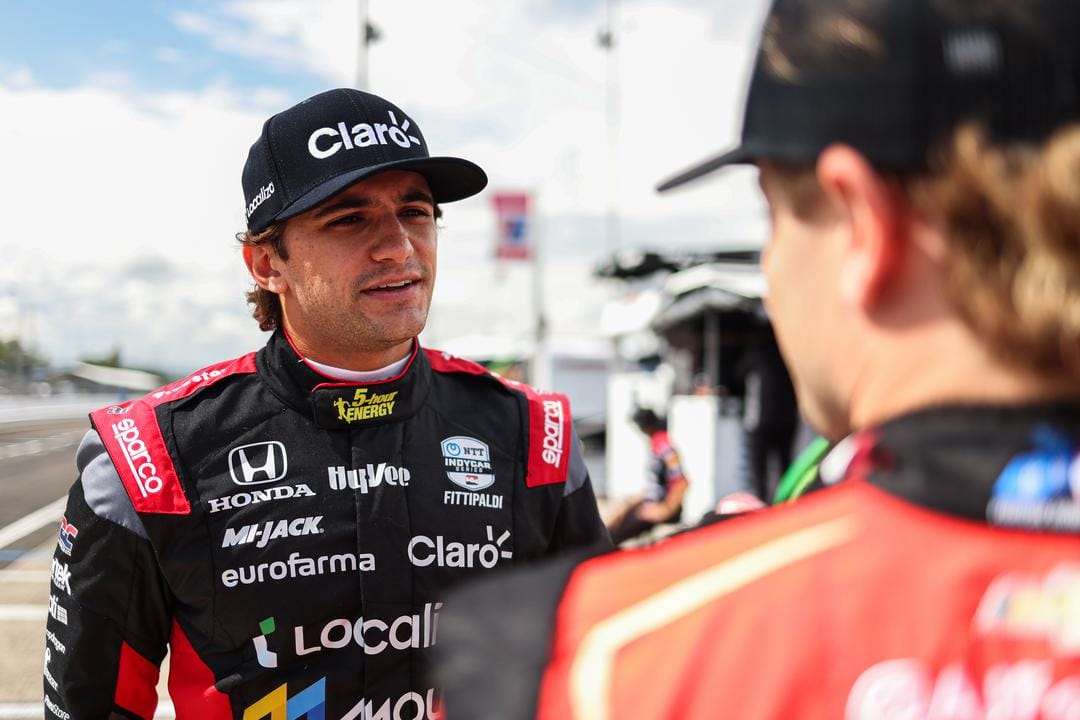
Pietro and his brother Enzo Fittipaldi are also expected to be in the running for a seat and there are a host of other drivers testing this week too at Thermal.
And don’t forget Daly, who outperformed Grosjean in the second half of the season at JHR and definitely has some irons in the fire for funding.
Put simply, it’s too early to know where Grosjean will be next year or who will be filling at least three of the five seats remaining.

